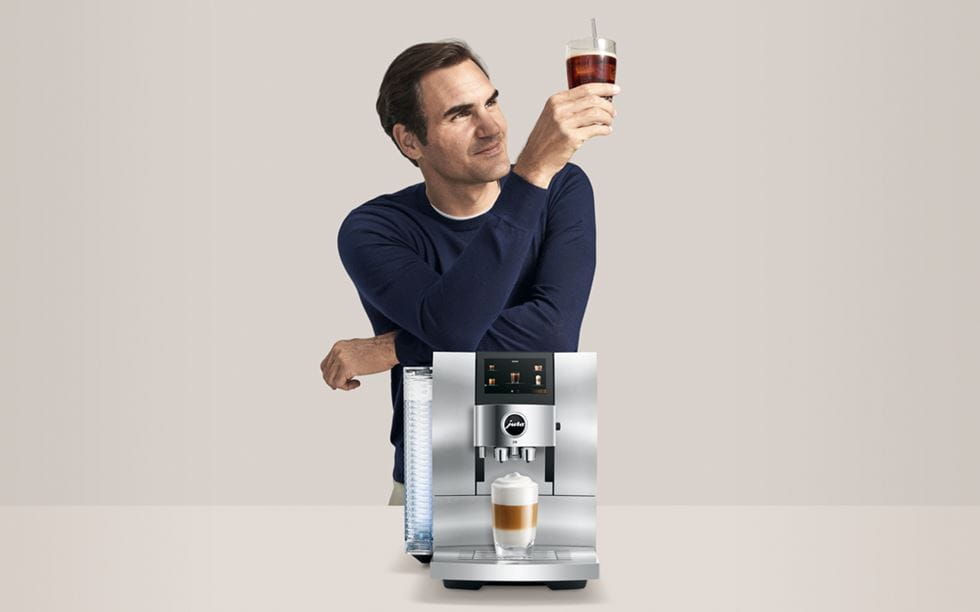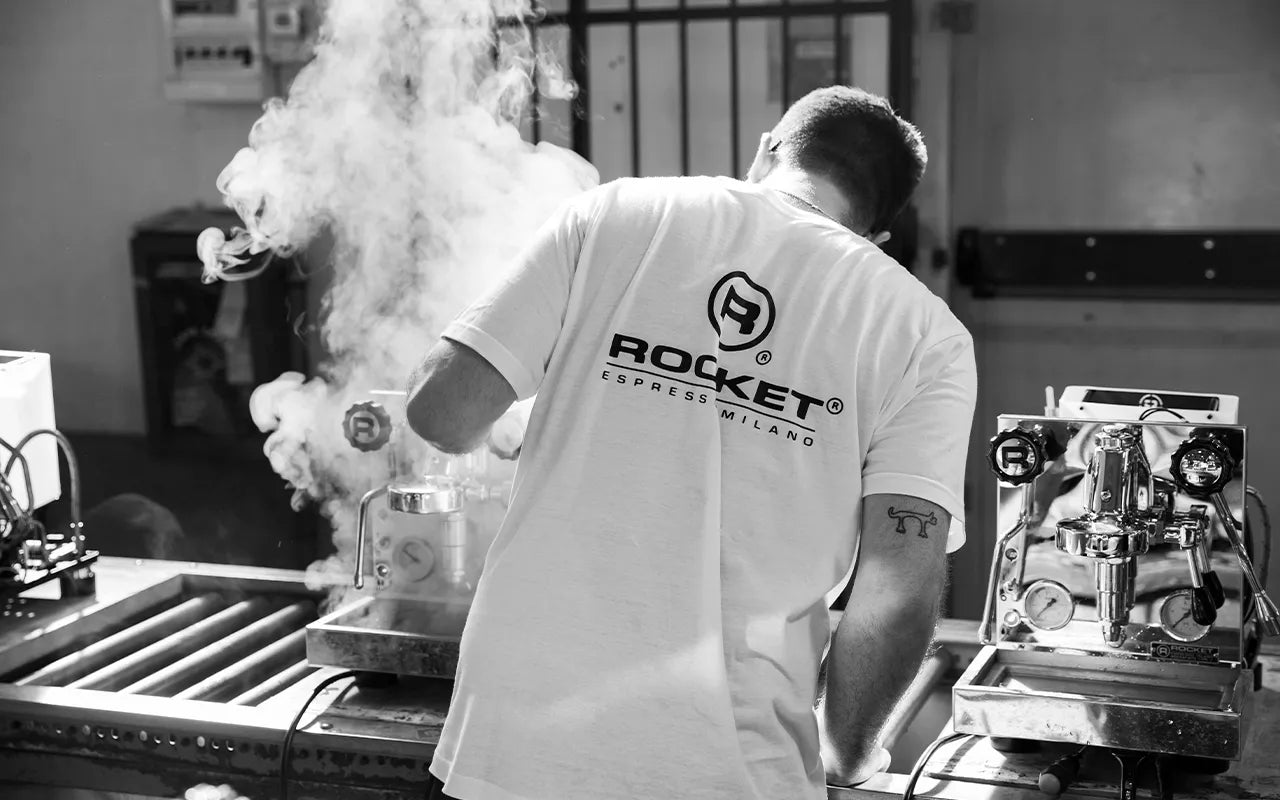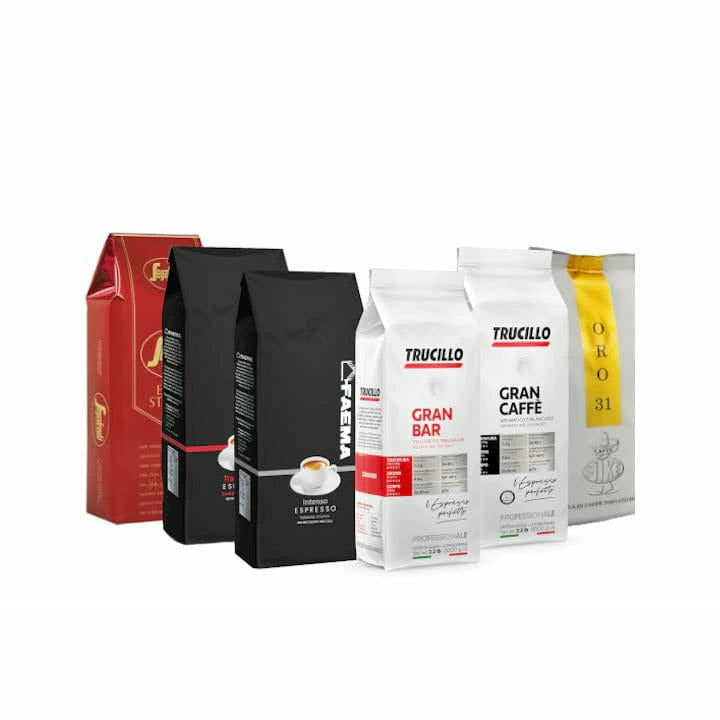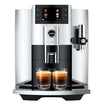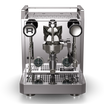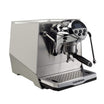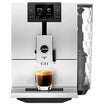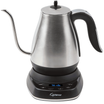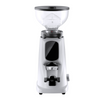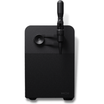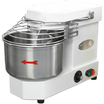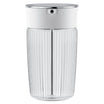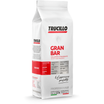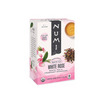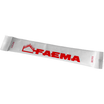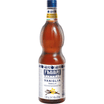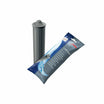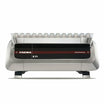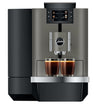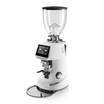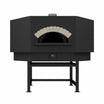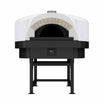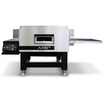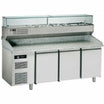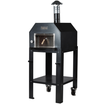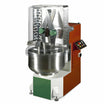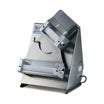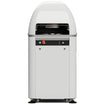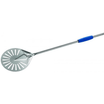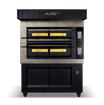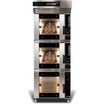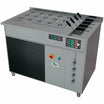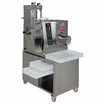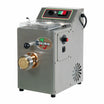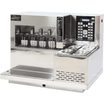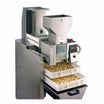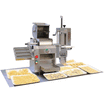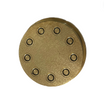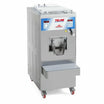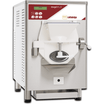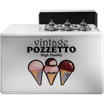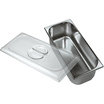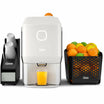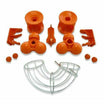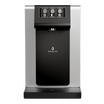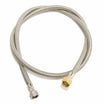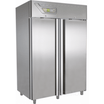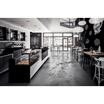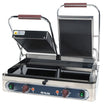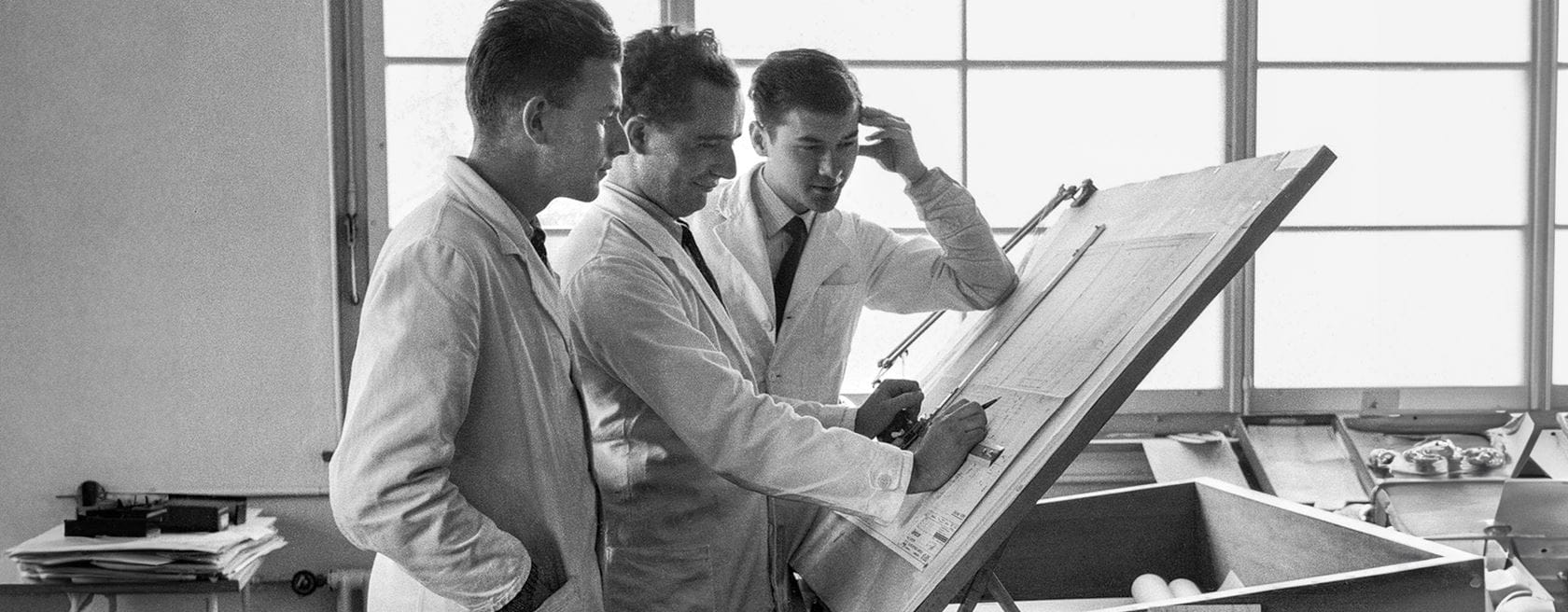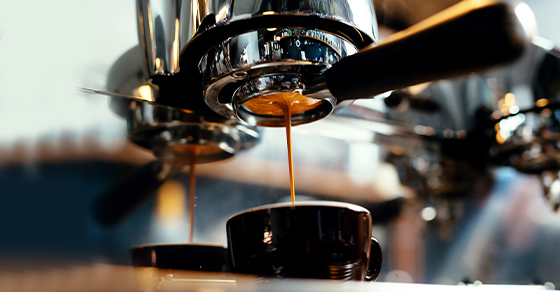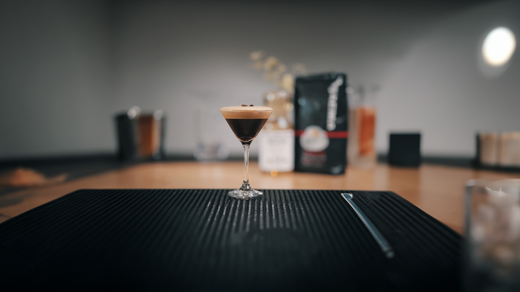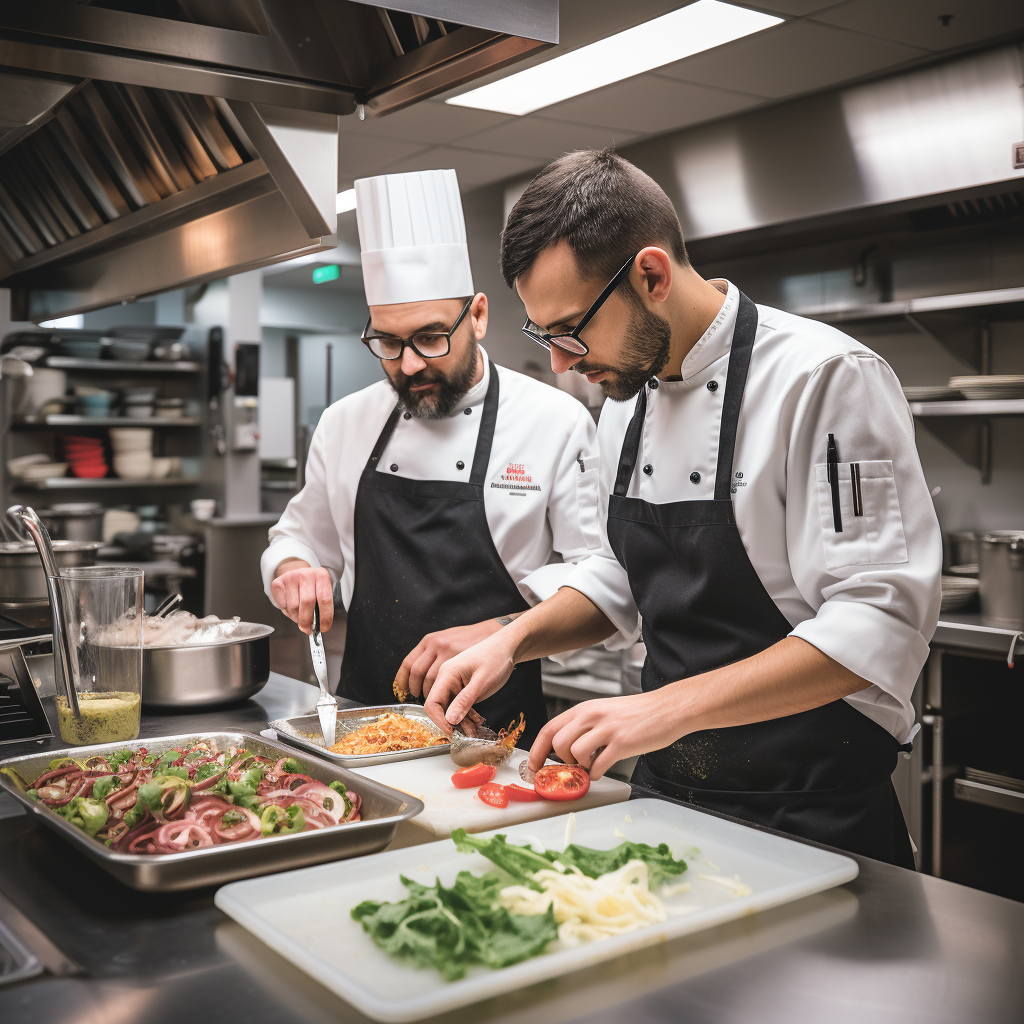History of Success
Jura Throughout the Years
Since its founding in 1931, JURA has consistently focused on product durability, serviceability, and the careful use of resources. This commitment was born out of necessity during the early years, marked by the global economic crisis and acute shortages of raw materials during and after the Second World War. While labor was plentiful, the scarcity of raw materials posed significant challenges.
JURA's design department innovatively addressed these challenges by developing products that could be manufactured with limited materials and whose components could be serviced and reused. This approach not only ensured sustainability but also laid the foundation for the company’s enduring success.
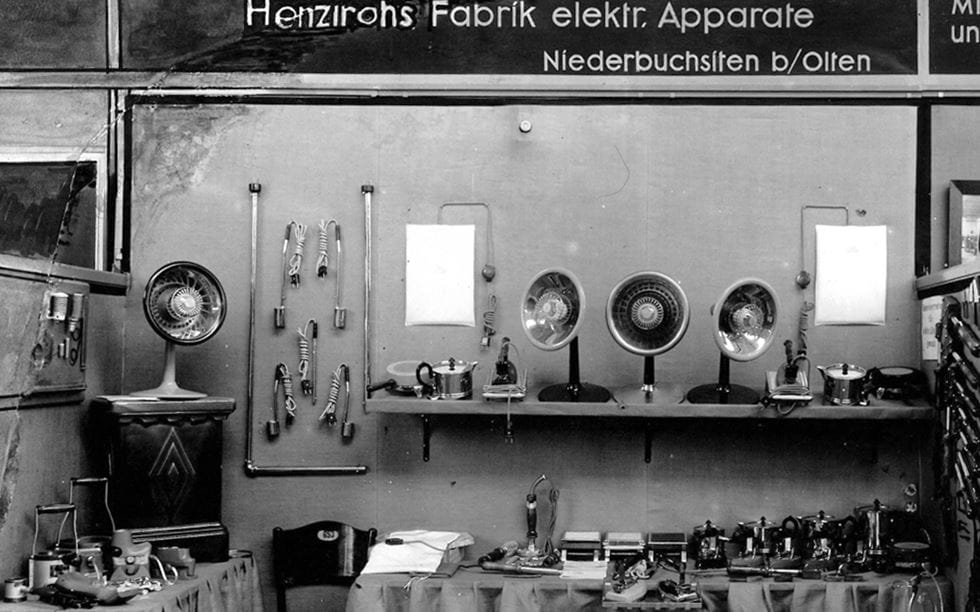
1930s
During the Great Depression, when pessimism gripped the world, courageous pioneers sought new opportunities. Among them was Leo Henzirohs in Niederbuchsiten. Unlike others, he didn't focus on what products he could make and sell, but instead asked, "What do people need to make their work easier?" This innovative marketing approach led him to found JURA, producing a range of electrical domestic appliances.
As the Second World War loomed, consumer confidence plummeted and the demand for domestic appliances declined. However, the need for information surged, prompting JURA to pivot to selling and renting radio sets to households with limited budgets. This move made Henzirohs the most successful radio distributor in Switzerland. A key part of this success was JURA's repair department, which ensured their products retained their value and provided long-lasting enjoyment.
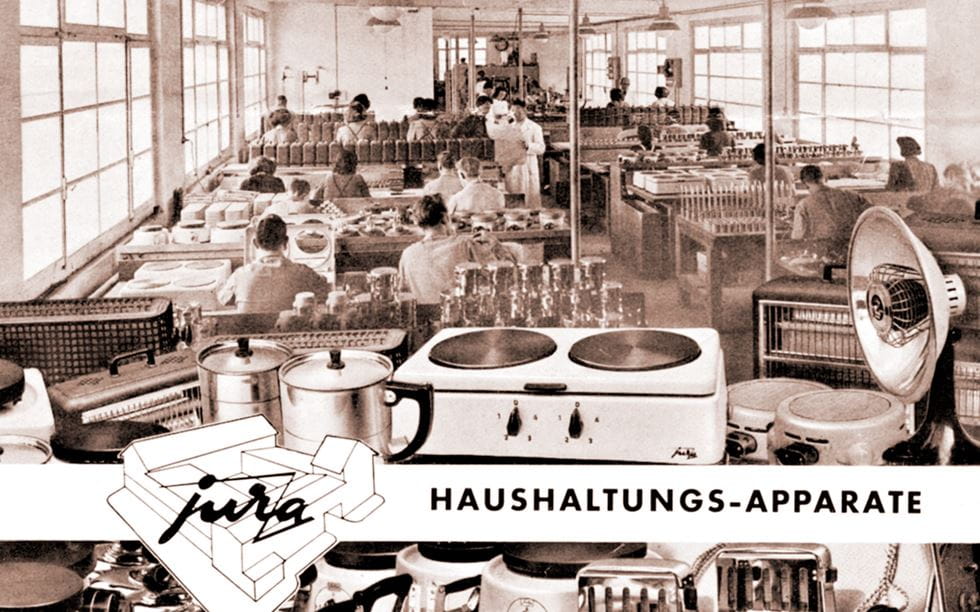
1940s
Overcoming Challenges and Innovating for Growth
During the Second World War, JURA's engineers faced significant challenges due to raw material shortages. They innovatively designed products using metal waste from other companies, optimizing the available resources. This responsible handling of valuable materials became a core aspect of JURA's operations.
Import restrictions during the war increased demand for Swiss-made products, fueling the company’s steady growth. JURA's workforce grew from 80 employees at the start of the war to around 400 by its end. The gas rationing of the time also heightened demand for electrical hot plates, which JURA produced in large quantities.
The newfound joie de vivre at the end of the decade sparked fresh ideas, leading JURA to develop the world’s first controlled iron. This innovative iron allowed precise temperature adjustment based on the type of textile, showcasing JURA's commitment to pioneering solutions and enhancing everyday living.
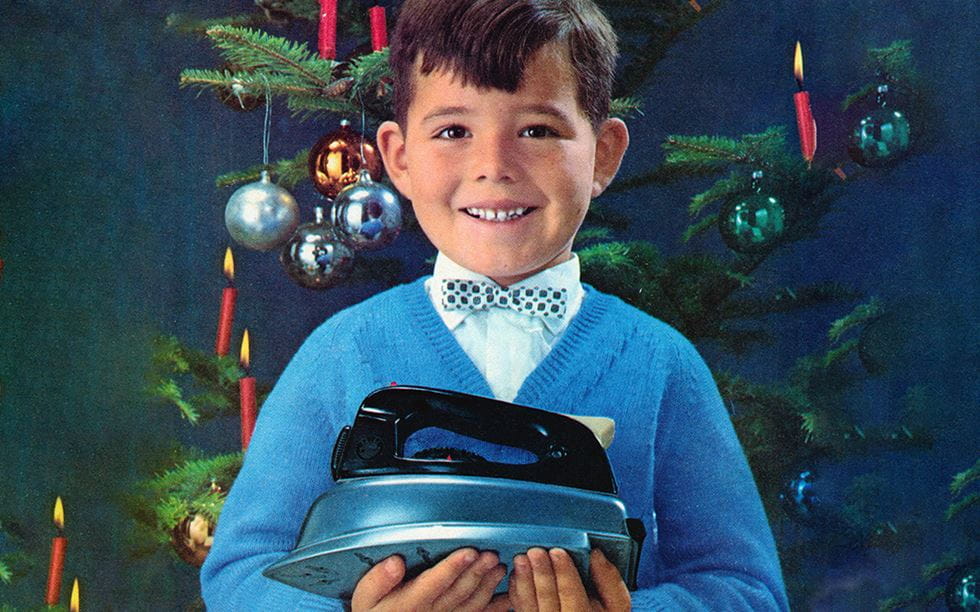
1950s
As the pace of life quickened, JURA’s diverse range of domestic appliances gained immense popularity. However, in February 1953, a devastating fire razed the company’s manufacturing and office building to the ground.
Despite this sudden setback, company founder Leo Henzirohs and his dedicated staff immediately committed to rebuilding. The overwhelming solidarity among the workforce enabled JURA to rise from the ashes like a phoenix, restoring its role as a key employer in the region.
A few months later, JURA’s production facilities were back in operation. By 1955, the company was ready to introduce a technical revolution: continental Europe’s first steam iron. This innovation quickly became a best-seller, establishing JURA as synonymous with ironing. Despite the product’s popularity and international recognition, JURA primarily focused on the domestic market, with the owner stating,
"We produce for Switzerland, and can always export surplus stock."
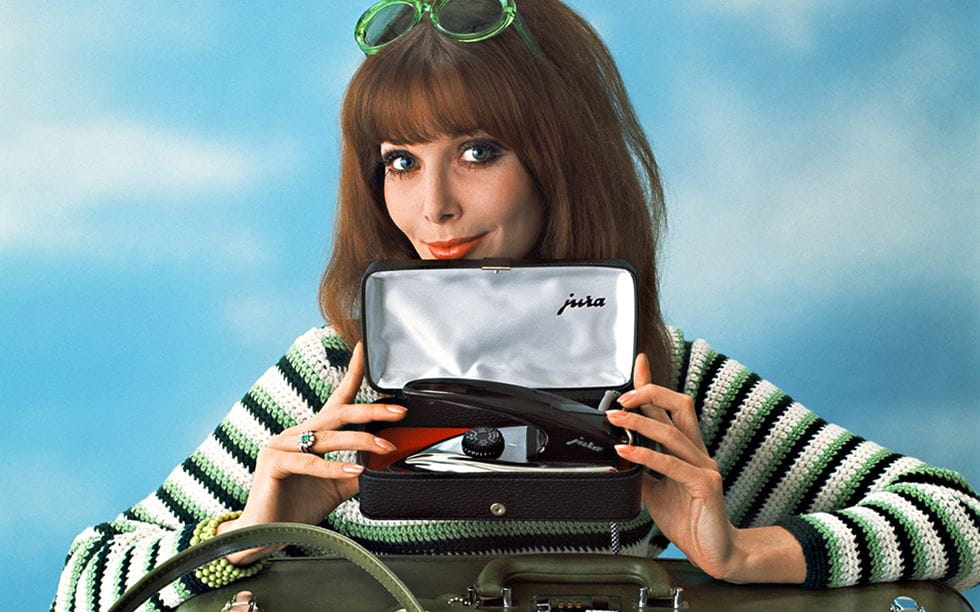
1960s
The Wirtschaftswunder, or economic miracle, opened up new horizons, symbolizing limitless possibilities. The 1960s, marked by the dawn of human spaceflight, were characterized by societal advancements, firsts, and rapid changes.
This era also saw significant progress in household appliances, which became essential aids and status symbols in modern homes. From vacuum cleaners and coffee machines to humidifiers, fan heaters, and toasters, technical innovations made these appliances indispensable.
The 1960s were also a time of stylish living, with kidney-shaped coffee tables, elegantly displayed televisions, crochet tablecloths, and Sunday afternoons spent with friends, enjoying coffee and cake. One particular must-have was the electric mocha machine. As design gained importance, JURA collaborated with an external designer for the first time. Embracing the Ulm Design School style, JURA created products that epitomized contemporary industrial design and achieved cult status
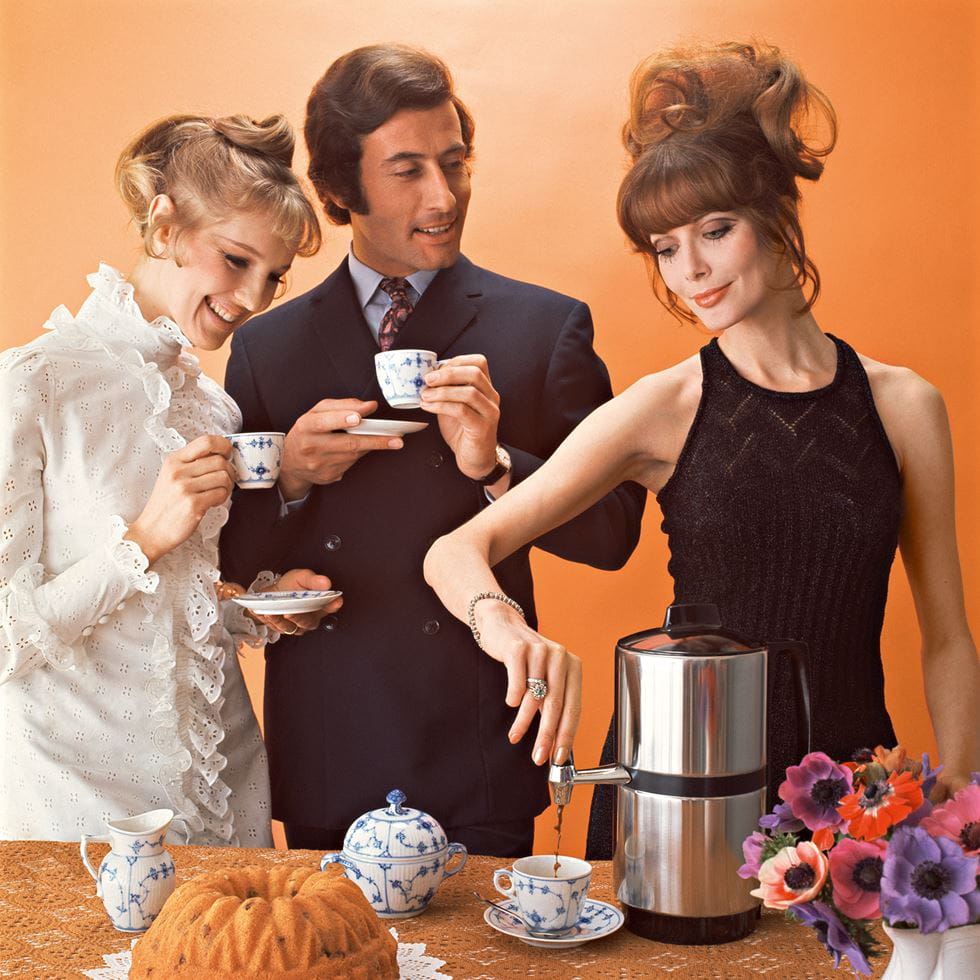
1970s
Diversification was key to JURA’s success during this period. The company consistently implemented this strategy, introducing ongoing innovations. Two notable examples are the world’s first iron with a chrome-plated steel base and the launch of the dual steam iron.
As Central Europeans began vacationing on the Adriatic Coast and the French Riviera, they discovered espresso, a different way to enjoy coffee. This cultural shift was also influenced by guest workers who introduced espresso to the north. To cater to this new demand, JURA introduced its first piston espresso machine in 1977, which topped every coffee with an irresistible layer of foam.
Owning an espresso machine soon became a chic kitchen trend, directly boosting JURA’s sales figures.
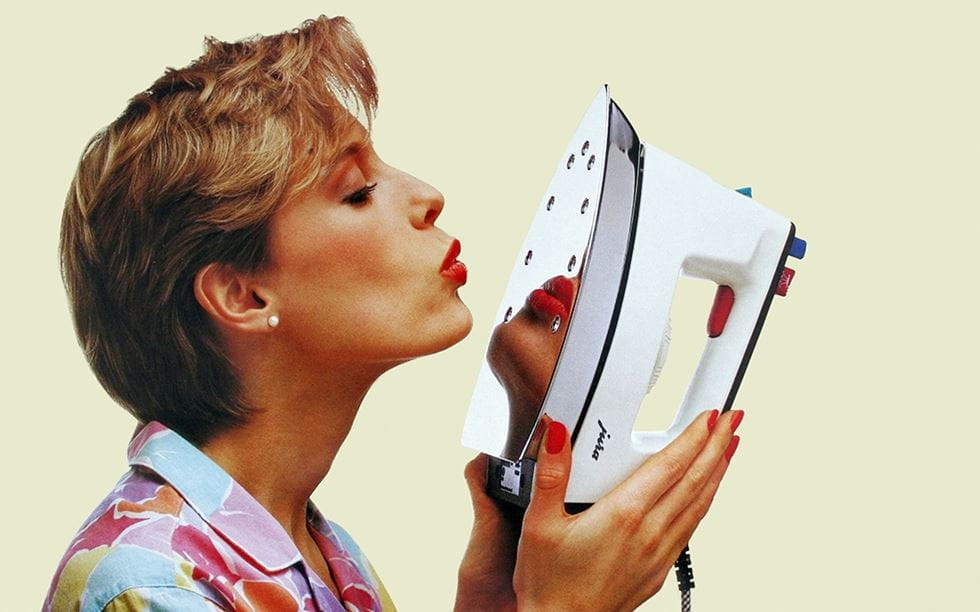
1980s
In the 1980s, JURA concentrated its efforts on coffee, dedicating significant resources to developing new espresso machines and refining existing ones. A major breakthrough came in 1986 with the launch of the first espresso/coffee machine, marking a quantum leap in their product offerings.
However, JURA faced significant challenges. As a company with complete backward integration and a wide product range, focusing on a saturated domestic market, opportunities for sustainable growth were limited. This made it difficult to secure sufficient resources for manufacturing and market cultivation.
Despite these obstacles, JURA’s development team worked tirelessly to perfect the automatic coffee machine. Their goal was to replicate the coffee quality of professional machines found in the most elegant bars in an affordable machine for domestic use. This ambitious objective presented a substantial challenge for everyone involved.
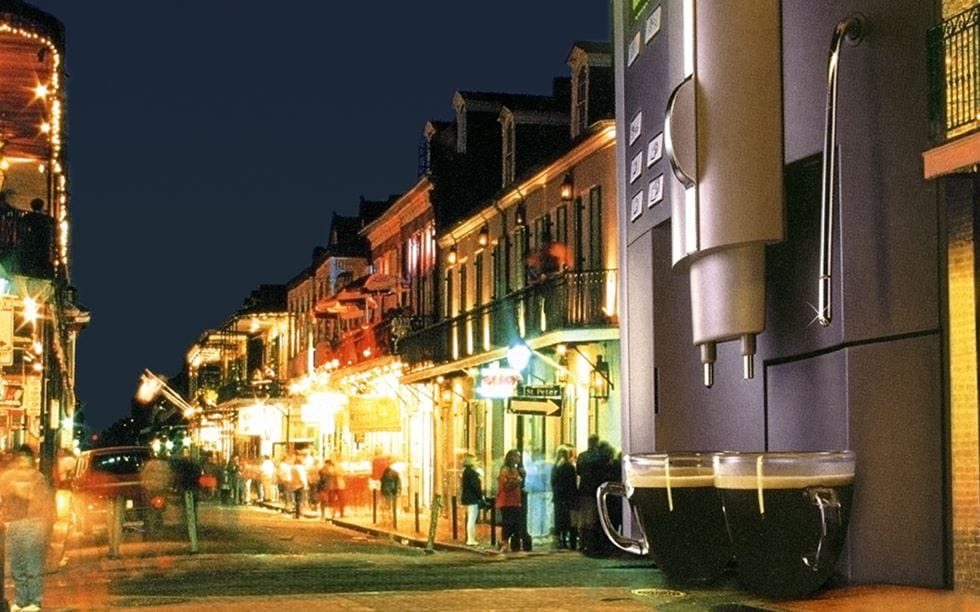
1990s
After decades of diversification and focusing on the Swiss domestic market, JURA embarked on a journey of reinvention.
The company shifted its focus exclusively to espresso and coffee machines, aiming to establish a strong presence in international markets to ensure economic success. JURA aspired to become both an innovation and design leader, viewing its products not just as functional items but as integral elements of interior design.
This new strategy was epitomized by the release of the first IMPRESSA model in 1994. The launch of the compact IMPRESSA E line in 1998 marked the complete turnaround, driving strong growth for the company. Over the decade, the proportion of foreign sales surged from 20% to 70%.
Coffee at the touch of a button became a hallmark of good taste, and JURA coffee machines evolved into desirable status symbols. JURA’s ambition was clear:
"We want to be the world’s coffee machine champion!"
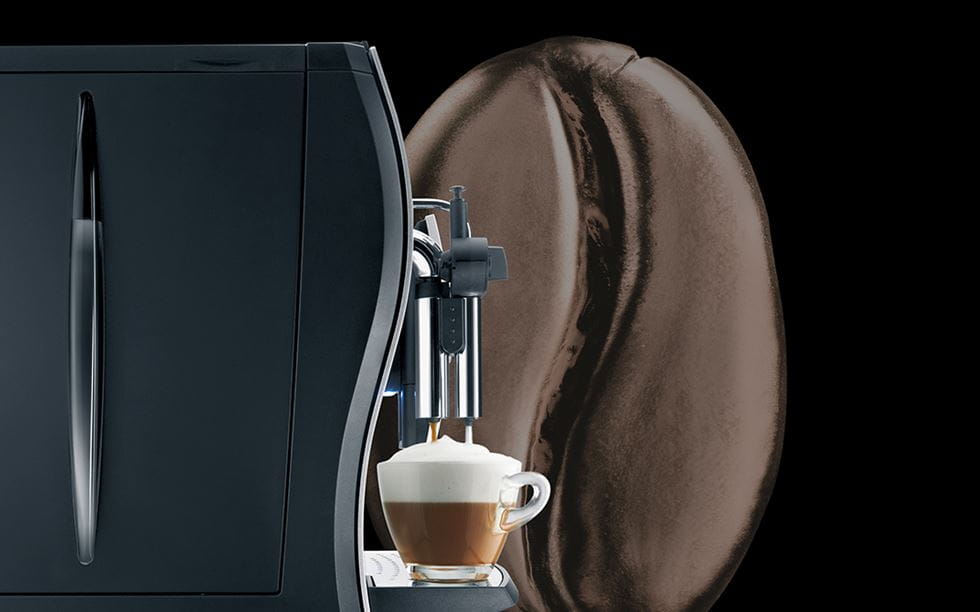
2000s
Specialty coffees have become a global urban phenomenon, delighting consumers with their artistic presentation, milk foam toppings, flavored syrups, and intricate designs. These barista-crafted mini masterpieces have captivated trend-conscious homes worldwide.
Good hosts now consider specialty coffees the perfect conclusion to a fine meal, serving them almost as a dessert to treat themselves, their friends, and their families.
During this decade, JURA revolutionized the coffee experience by inventing the cappuccino at the touch of a button, eliminating the need to move the cup. This innovation created a new premium segment in the market. In 2006, JURA further expanded its global reach by introducing its first brand ambassador, tennis superstar Roger Federer, who perfectly embodies JURA’s brand values.
JURA also made significant strides in customer service with the introduction of Glass Service Centers, which offered entirely new services. At its Swiss headquarters, JURA world of Coffee brought the brand to life, engaging all the senses and showcasing the company’s dedication to perfection. JURA’s specialty coffees, made from freshly ground beans, exemplify the company’s aspiration to be the market leader, setting trends rather than following them.
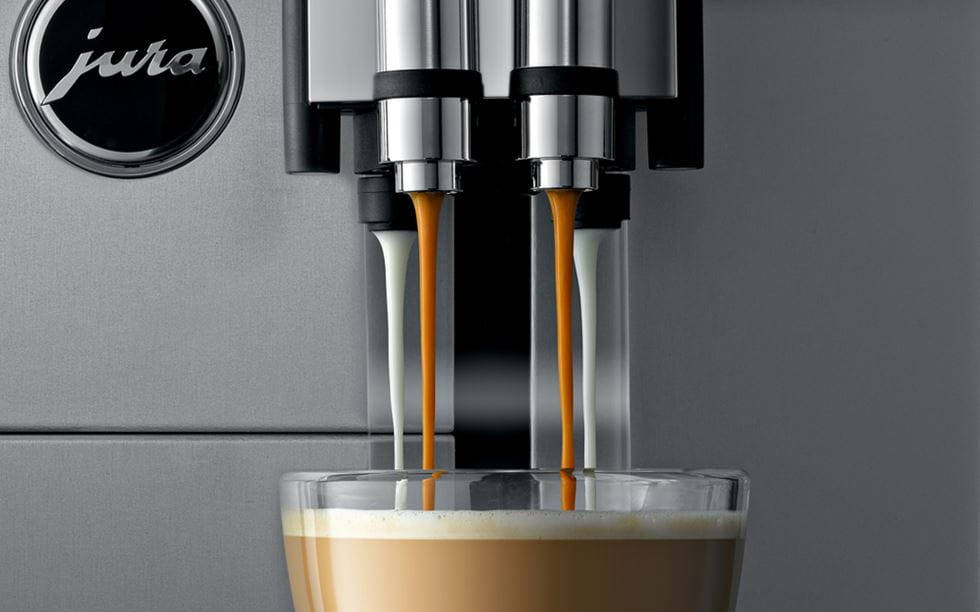
2010s
JURA coffee machines are enjoying a surge in global popularity, now available in around 50 countries. They are prominently displayed in stylish "shops in shops" within renowned, prestigious department stores. JURA's global presence is further enhanced by its Hospitality Centres and glass service factories, which form an integral part of the brand's identity. The JURA Coffee Academy imparts extensive knowledge about coffee, coffee machines, and the brand to representatives and sales staff.
To celebrate its charismatic brand ambassador, JURA unveiled the world's first Roger Federer Walk of Fame. Located in Niederbuchsiten, this unique attraction was inaugurated by "King Roger" himself, delighting Federer fans worldwide.
JURA continues to lead the field of automatic specialty coffee machines with the introduction of new models such as the GIGA, the Z6 with Pulse Extraction Process, the WE and X lines for offices, and the S8 and ENA 8. These innovations underline JURA's ambition to remain at the forefront of the industry.
Embracing digitalization, JURA has introduced innovative services and tools. JURA LIVE provides direct expert advice through a virtual point of sale online, and the JURA Operating Experience (J.O.E.®) allows users to easily control their automatic specialty coffee machines via mobile phone or smartwatch.
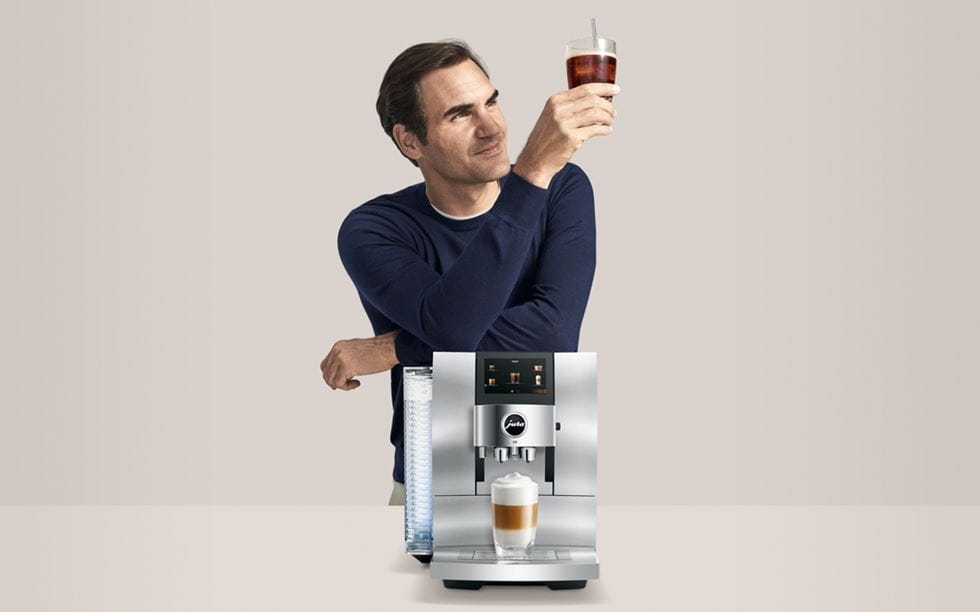
2020s
People are increasingly aware of the importance of sustainability. Waste is uncool. With durable, high-quality automatic coffee machines and speciality coffees that are "freshly ground, not capsuled", JURA not only offers maximum taste but also responds to the zeitgeist.
In spring 2020, the pandemic brings the world to its knees. Lockdowns and working from home are suddenly the order of business. Life changes. Travelling and holidays are out of the question. Instead, the world sits at home… and drinks coffee.
And preferably from the automatic speciality coffee machines from JURA. Thanks to JURA LIVE, customers can consult directly with our experts online, despite the shops being closed.
As normality creeps back and people return to their workplaces, with its Professional range JURA offers the right automatic speciality coffee machines for safe coffee breaks in small groups.


